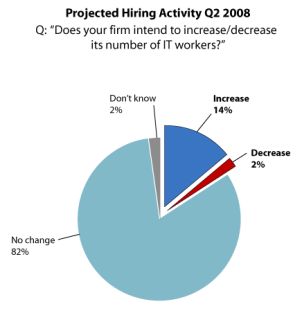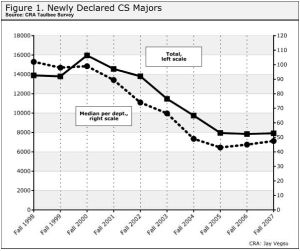The title of an IDC white paper released in May and sponsored by Nortel, A Global Look at the Exploding ‘Culture of Connectivity’ and Its Impact on the Enterprise, makes the content of the study apparent.
For the study IDC surveyed, “2,367 men and women across 17 countries in various industries, company size classes, and age segments.” All respondents were fully employed, over 17 years old, used a PC at work, and owned or used a PDA or mobile phone for either business or personal activities, and had access to the Internet.
From the survey results IDC distilled four distinct clusters of users. Barebones Users, Passive Online, Increasingly Connected, and Hyperconnected. Barebones Users, at the low-end of the connectivity scale are defined as: “Those who are online but pretty much stick to email, desktop access to the Internet, and cell phone use for voice calls.” The other end of the connectivity spectrum is reserved for the Hyperconnected: “Those who have fully embraced the brave new world, with more devices per capita than the other clusters and more intense use of new communications applications. They liberally use technology devices and applications for both personal and business use.” (more…)


